

Matt Campbell
2025 Toyota Yaris Cross review
5 Days Ago
The Cayman GT4 is every bit as fast as you'd expect – faster, actually.
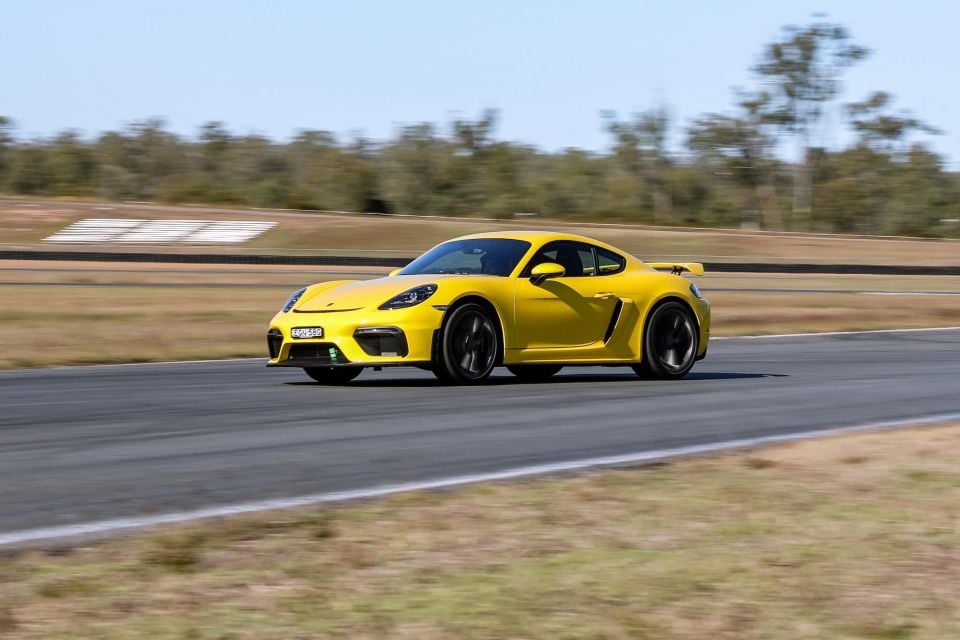


Performance Editor
New from
$115,600
excl. on-roads

Performance Editor
New from
$115,600
excl. on-roads


Performance Editor
New from
$115,600
excl. on-roads

Performance Editor
New from
$115,600
excl. on-roads
Quickly see how this car stacks up against its competition. Select any benchmark to see more details.
CarExpert helps new car buyers save thousands with expert reviews, honest advice, and transparent pricing – no dealer pressure and no sales games.
Welcome to our series of track reviews, conducted by our in-house racing driver, Chris Atkinson.
Our track reviews take place against the clock at Queensland Raceway Sprint Circuit, before Chris drives the car on the public road at road speeds to determine whether it can be used as a daily driver and a weekend track car.

What an impressive car on the track. What surprised me the most was the effortless way the $207,000 Porsche Cayman GT4 achieved the lap time of 56.1 sec.
When I pulled back in after setting the time and Alborz questioned me on what time I thought I did, I was way off! It didn’t feel crazy, it didn’t scare me, but it did the job and did it amazingly well. All the attributes you would expect from a Porsche are there, feedback and precision working in harmony.
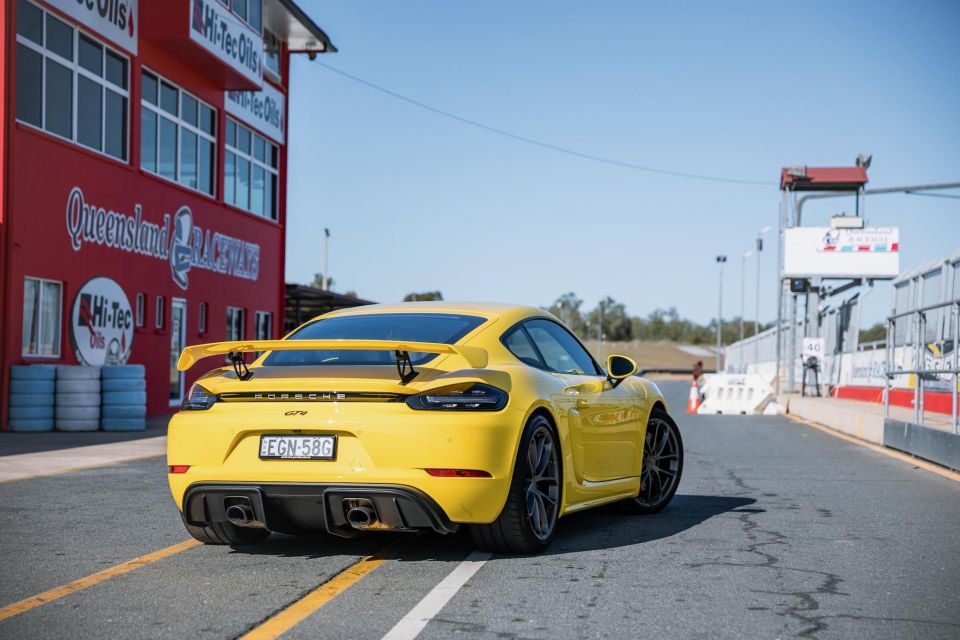
The biggest shock was having to change gears (H pattern), having raced only sequential gearboxes forever and rarely driving a manual, it took me a few laps to get my act together. But this added to the enjoyment and challenge of driving this car well, not just fast.
Everything about this car is track-focused and, as easy and comfortable as it is to drive on the road, its legs need to be stretched to really enjoy it – which is almost impossible within the realms of what is allowed on public roads these days.
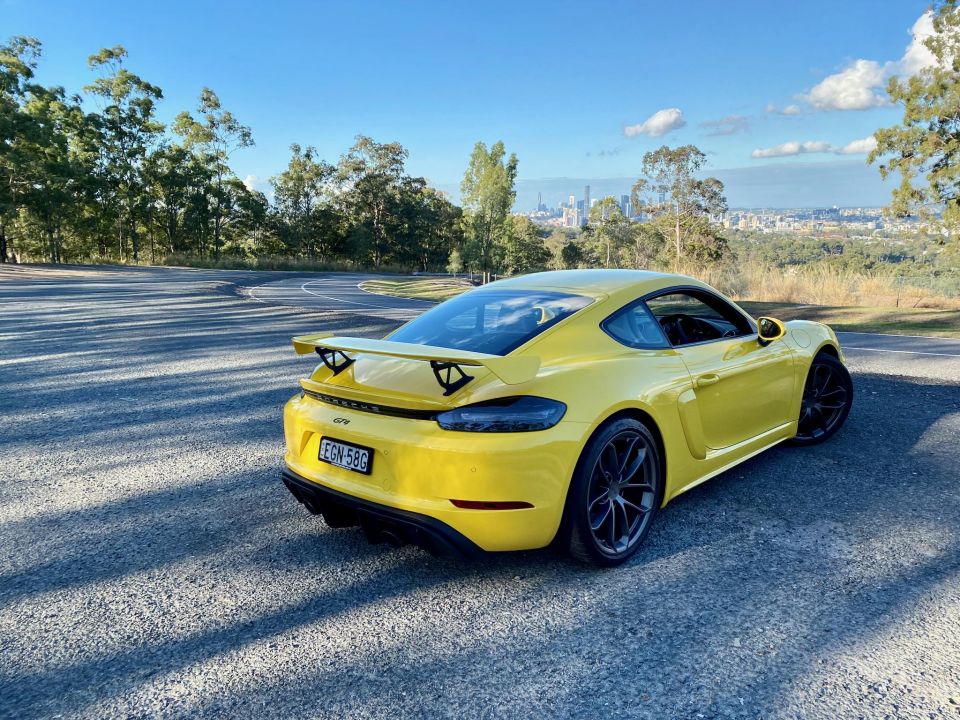
With peak power out at 7600 rpm and a narrow torque band, you have barely made one gear shift and your licence is in jeopardy. When you compare that to some of the more modern point and shoot, paddle shift, street rockets (like the A45 AMG), it’s almost underwhelming, which is a complete disservice to the capability of this car.
The engine is as strong and smooth as would be expected. It is really easy to control power delivery and even with the wide gearing you always have ample performance when picking up the throttle from mid-corner to exit.
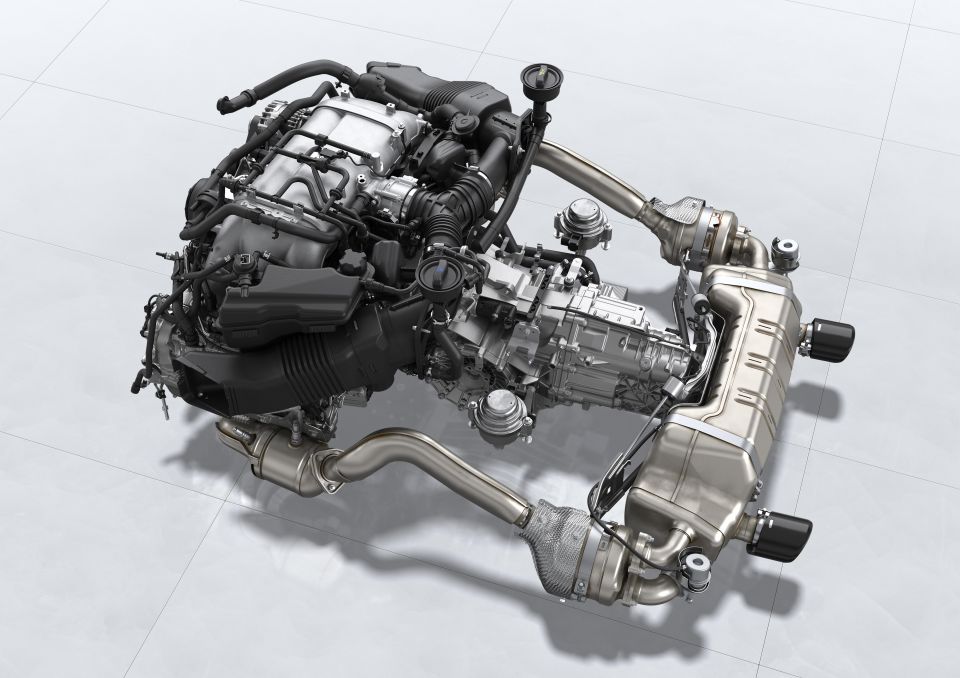
Because there is no shock and the sound is almost subdued, you don’t even realise how quickly you are gaining speed and then when you add in what is a superb chassis, you realise what makes this sneaky fast.
On the road, it is just easy to drive but lacks the low down punch and short gearing to really slam you back in the seat, but it is primarily on the track that its refined performance overachieves.
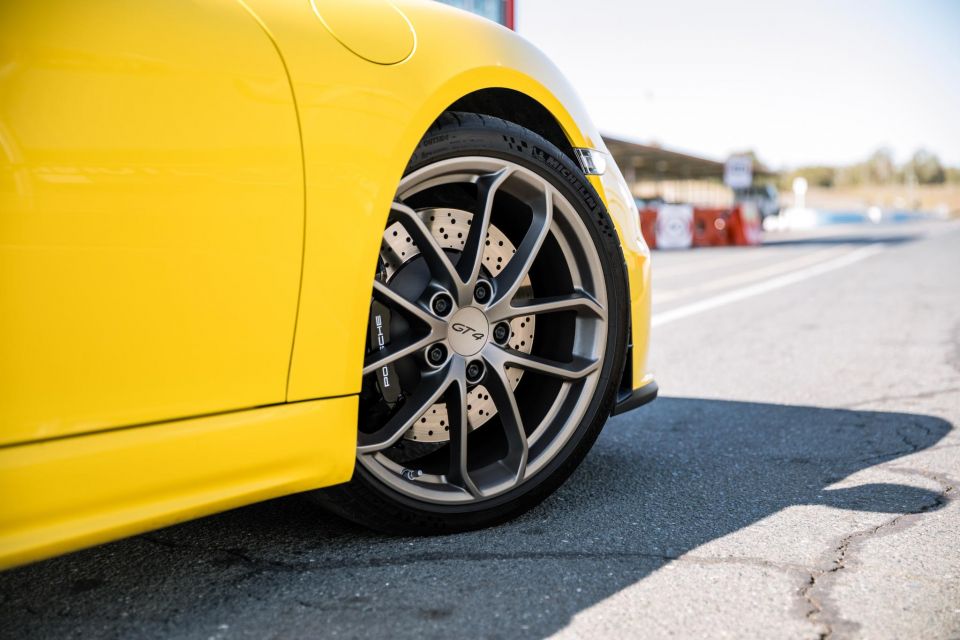
There is not much to say here, because it is excellent. Consistent, firm, and with no interference. It does exactly what is expected and needed. For how easy it is to drive on the road, it transitions so well into track performance.
This was my first experience of driving a Porsche Cayman, having experienced many versions of the 911 and it didn’t disappoint.
The way the damper control and suspension design helps keep the chassis connected to the road which in turn allows the geometry to work as intended is so subtle but so impressive at the same time.
Without this control, the performance in terms of corner speed would not even be close.

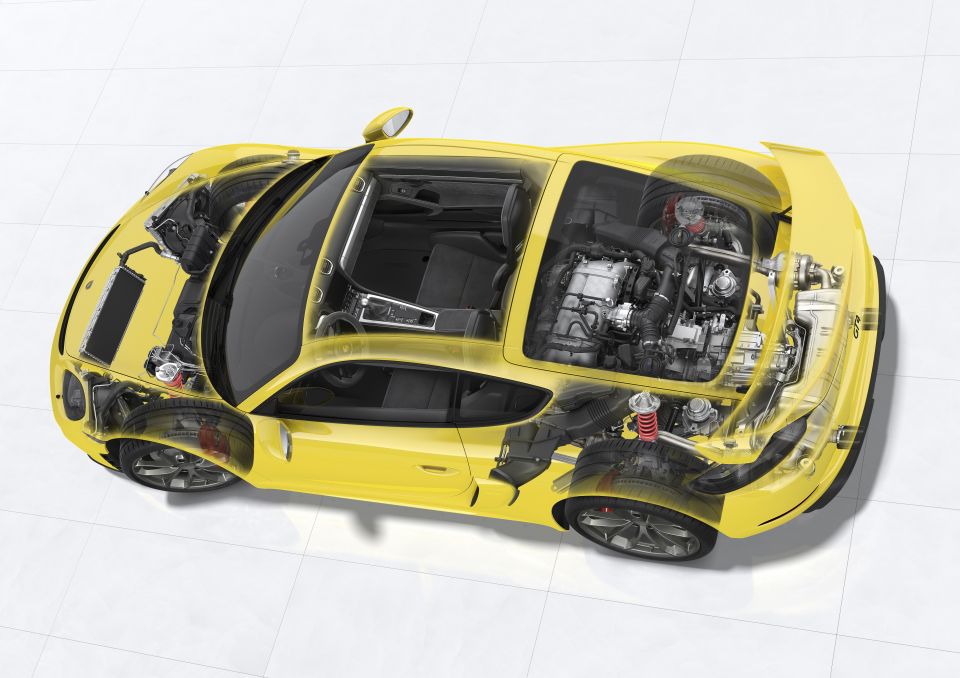

The way in which I could control the weight transfer and energy in the middle of the corner was incredibly satisfying, I could watch the nose of the car slightly raise without causing the loss of front grip, but in turn, helping set up the rear of the car for the exit of the corner.
The fact that I had time to process this information easily in the middle of the corner shows how in control the car was at such high speed.
I did have to be a little careful on quick changes of direction at low speed, with slight tendency for the weight in the rear to unsettle the car (a defining characteristic of Porsches). This was never an issue in terms of control, but more just a small loss of time.

But overall the ability to carry corner speed with such poise reminded me of a well-sorted race car.
Apart from the almost strange experience of shifting gears, it all worked very well. Gear shifts were smooth and fast and I feel like they have been designed so you can be very committed on the shift without worrying about the synchro’s slowing it down too much.

Having an auto blip for an H-pattern was a new experience for me, growing up racing it almost felt unnatural to have the car do this as I would instinctively heel-toe to match the revs on the downshift.
I did try and use it a few times, but I felt like it would slightly overdo it for safety and that I could time it a bit better myself. I think the majority of people would love this though, as any time I’ve tried to teach people to match revs properly, it is a long process.
The gearing on the track was also really good and helped limit the amount of gear shifts, which is obviously more important in a manual car. I really felt like I was barely shifting around the track and that the engine could still perform well throughout the rev range

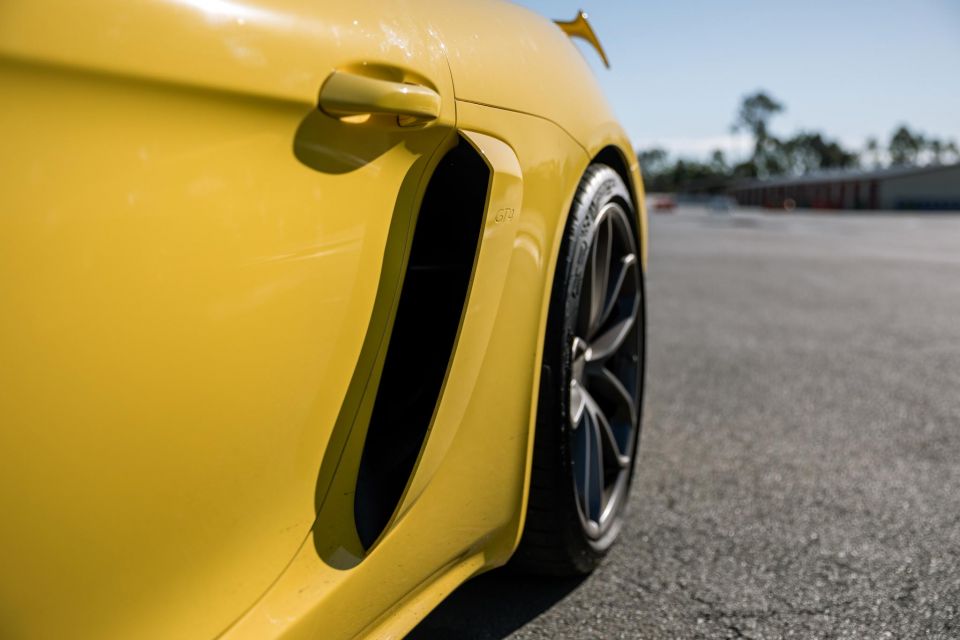
The differential was really nice, no major slip on exit and very free on entry to allow the car to rotate nicely.
I would say it could even start to lock a little later on the throttle to really maximise the corner exit, but if they did this then you would have to be a bit more mindful when going on the throttle, which I am not sure everyone would do. Oh and it drifts with no problem at all.
Again, this is very well sorted as you would probably expect. It’s supple without being too soft as well as being reactive and supportive without being harsh.
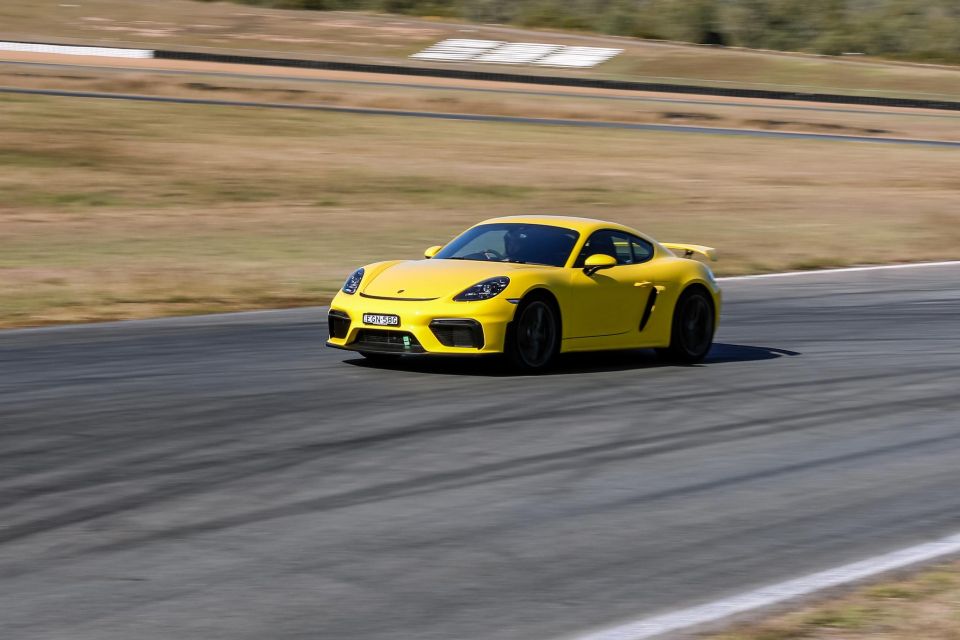
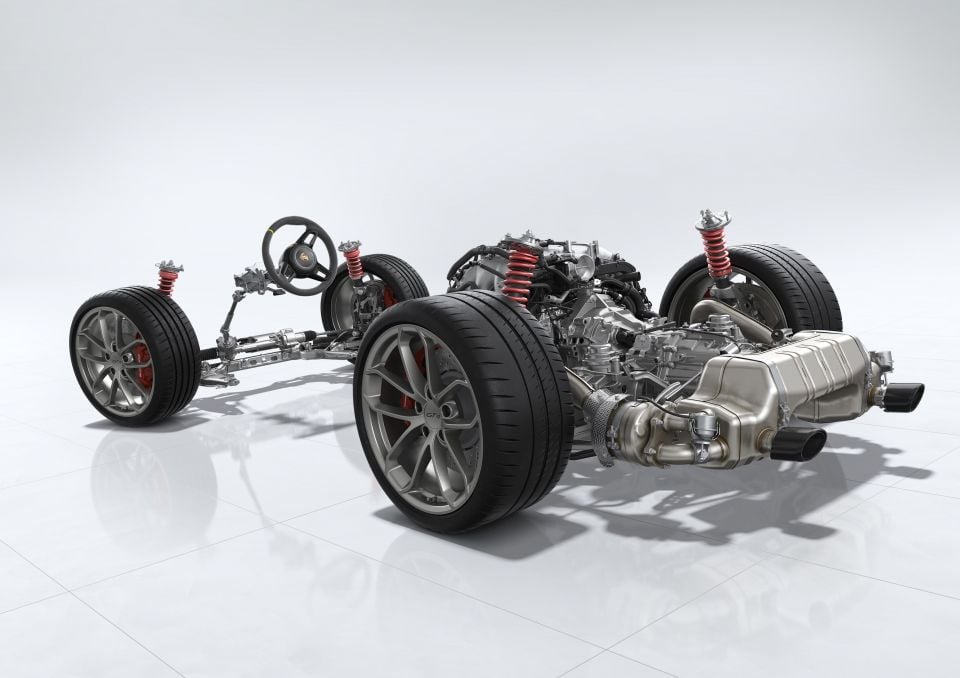
The control when loaded is excellent and you can really feel the car being held in position when loaded in the corner by the rebound dampening. As was the case for the brakes, this transitions exceptionally well from the road to the track.
The steering is nicely weighted with good feedback, it is direct without being too reactive and works well on the track and the road.
The Michelin Pilot Sport Cup 2s are a good package and works well with the chassis.

It doesn’t feel under or over tyred and despite experiencing a small drop off in performance as you would expect from a road tyre, it was very solid. Although it’s worth noting that these tyres won’t last very long if driven daily.
There is not too much going on here, which for me is good. It also made no difference to lap time whether assisting or not.
There was a small tendency for oversteer on the slow corner exit, which it controlled nicely, but with the ESC and Traction Control turned off it only extended the drift slightly with no risk and a little bit more joy.

With an engineering team at your disposal, you could really dial it on for a specific track. But for a wide range of surfaces, grips and speed, there was nothing to complain about.
I feel like I am repeating myself here, but everything is very well sorted. Seating position, pedal position and even visibility are all very good. It is possibly time for a bit more of a modern take on the dials but for doing what they need to do, it ticks that box as well.

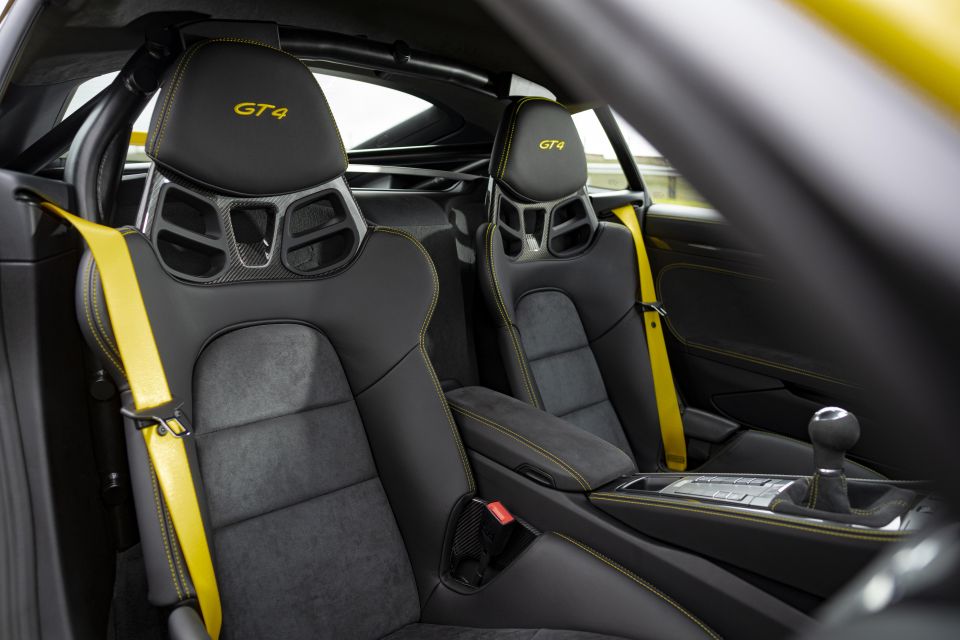
CarExpert helps new car buyers save thousands with expert reviews, honest advice, and transparent pricing – no dealer pressure and no sales games.
I would have liked some controls added to the steering wheel, this would make easier to adjust on the track without having to look down and also be more in line with what you would expect from a race car.
As I mentioned in the beginning, this car achieved the time of 56.1sec so easily I couldn’t even predict it. The lap times were super consistent and there was no major drop off.
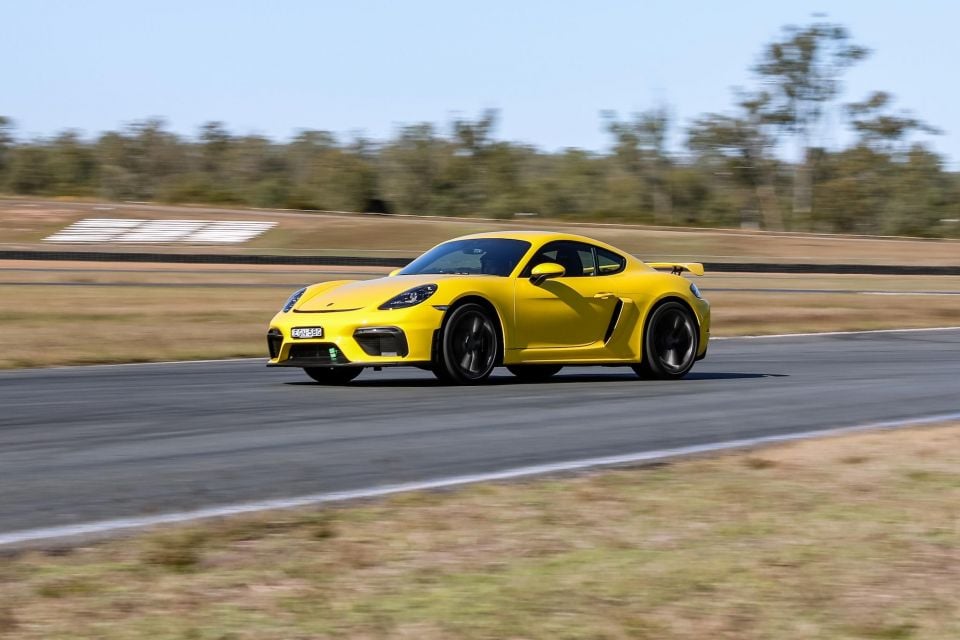
I did go out for one last outing for a bit of fun at the end and put together a better lap, but with the rising track and ambient temperature, the time was 0.2sec off my best from the initial three-lap run.
CarExpert helps new car buyers save thousands with expert reviews, honest advice, and transparent pricing – no dealer pressure and no sales games.


Matt Campbell
5 Days Ago
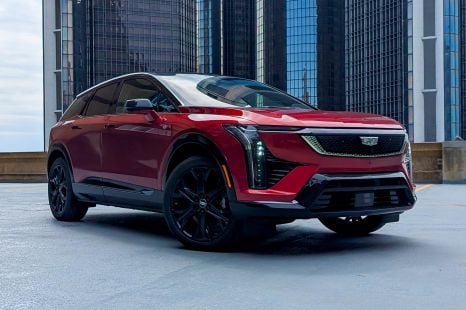

William Stopford
3 Days Ago


Josh Nevett
2 Days Ago


James Wong
2 Days Ago


Max Davies
2 Days Ago


William Stopford
22 Hours Ago